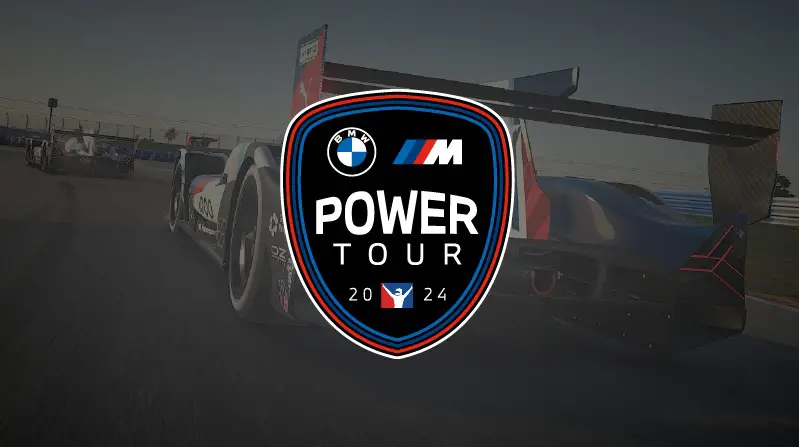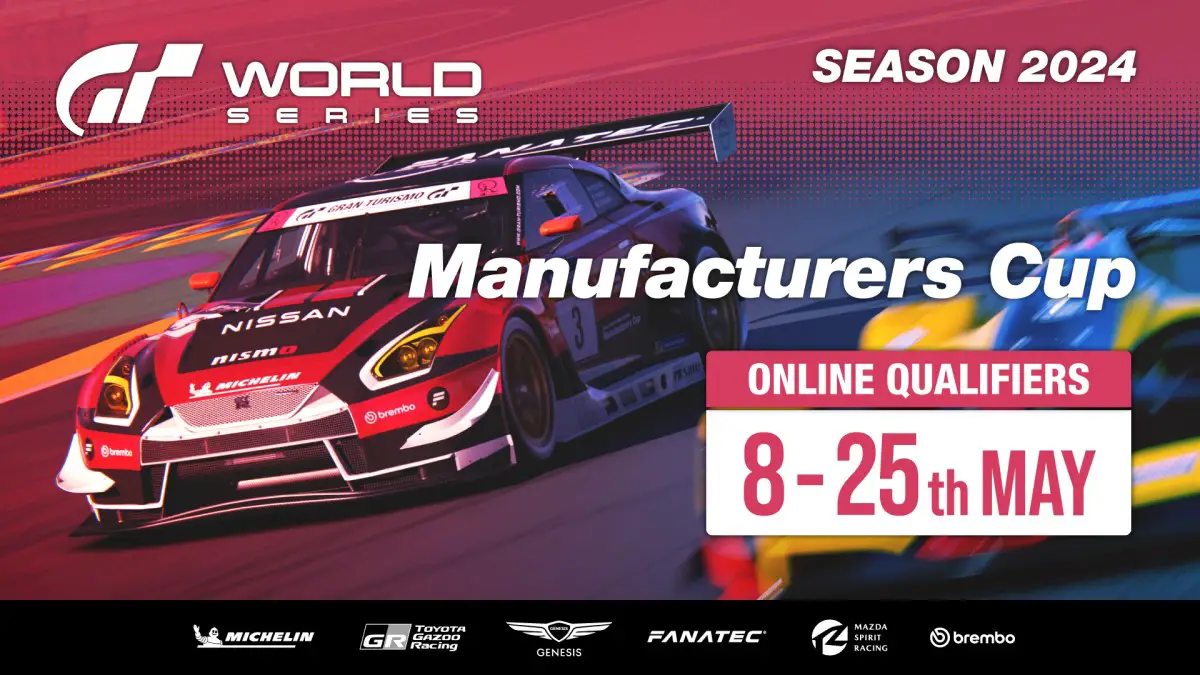
From pixelated roads on the Atari to hyper-realistic racetracks on next-gen consoles, racing games have come a long way. Charting their progression offers a unique window into the broader evolution of video games, blending technology, design, and pure adrenaline.
The Humble Beginnings
The genesis of racing games can be traced back to the 1970s. The arcade game Speed Race from Taito is widely considered one of the first in the genre. It presented a bird’s-eye view of a car navigating a vertical scrolling track. Around the same time, Atari’s Gran Trak 10 showcased a single track and a basic timer system, pushing players to complete laps as quickly as possible.
The Rise of Home Consoles
As home consoles like the NES gained traction in the 1980s, the genre branched out. Games such as Excitebike and Rad Racer showcased varied terrains and diverse vehicles, from dirt bikes to cars. Sega’s Out Run became particularly iconic, offering a behind-the-car perspective, branching paths, and an enviable in-game Ferrari.
The 3D Revolution
The 1990s heralded a seismic shift with the advent of 3D graphics. Racing games leaped into the third dimension, transforming from flat tracks to expansive 3D worlds. Titles like Super Mario Kart combined racing with combat elements, adding another layer of strategy. But the real game-changer was Sony’s Gran Turismo. With its meticulous attention to detail, a vast roster of real-world cars, and realistic driving physics, it set a benchmark for realism in racing games.
Online Multiplayer and Customization
The 2000s introduced online multiplayer modes, allowing players from around the world to compete. This era provided not just a platform for racing aficionados but also an exhilarating thrill similar to that of sports betting online. Much like placing wagers on your favorite teams and awaiting the game’s outcome, racing against actual players brought an unpredictable and riveting experience.
Games like Need for Speed: Underground also introduced comprehensive car customization, letting players tweak everything from paint jobs to engine upgrades, lending a personal touch to the racing experience.
This era also saw the birth of online communities and forums where racers exchanged tips, showcased their custom creations, and organized virtual tournaments. Such platforms became breeding grounds for innovation as players shared modding techniques, challenging the boundaries of game design. This camaraderie fostered deeper connections, turning individual racers into tight-knit global communities.
The Quest for Hyper-realism
The past decade has seen the pursuit of hyper-realism reach a fever pitch. Advanced graphics for engines, real-time ray tracing, and intricate details make racetracks and vehicles indistinguishable from reality. Simulators like Assetto Corsa and Project Cars have blurred the lines between gaming and real-world driving, aided by VR technology that immerses players fully.
Furthermore, dynamic weather systems in games such as Forza Horizon 4 not only look stunning but also affect driving conditions. Puddles form, tires lose grip, and players have to adjust their strategies on the fly.
Esports and the Future Racing games have found a spot in the competitive gaming arena. Titles like NASCAR, F1, and iRacing have paved the way for professional esports racing leagues, where players compete for massive prizes. It’s not just about virtual glory; several real-world racing teams now scout talent from these virtual championships.
Looking forward, we might see even more integration between real-world racing and its virtual counterpart. Imagine a future where AI learning from top players in racing games is employed to guide real cars, or where augmented reality overlays from video games enhance the spectator experience in real-world races.
Conclusion
From simple beginnings to high-octane realism and the competitive world of esports, racing games have charted an incredible journey. As technology continues to advance at a breakneck pace, the lines between virtual and reality will only continue to blur. And for fans of the genre, that promises an exhilarating ride ahead.









